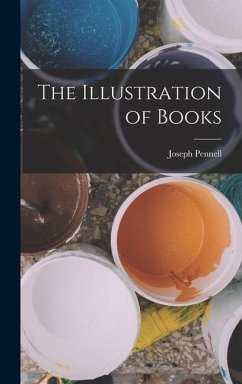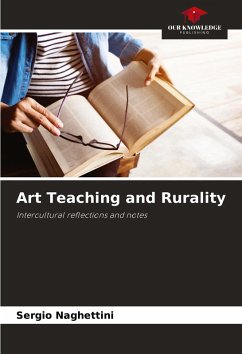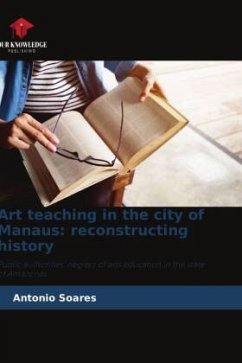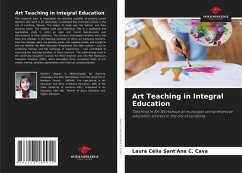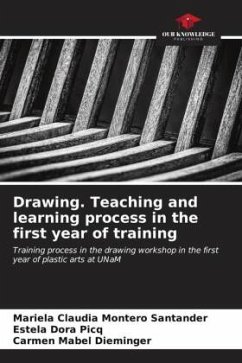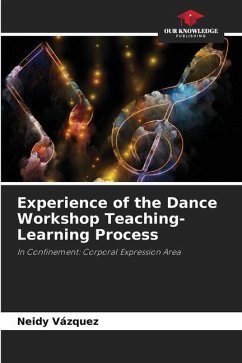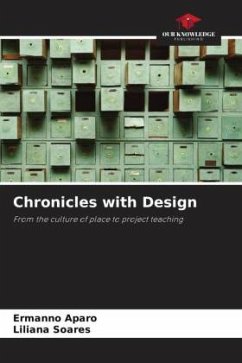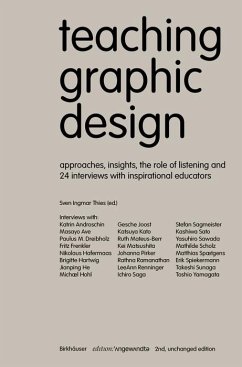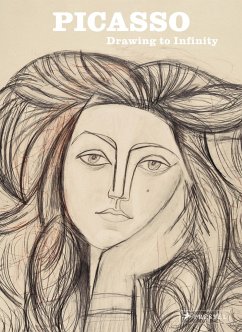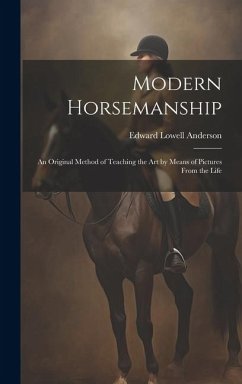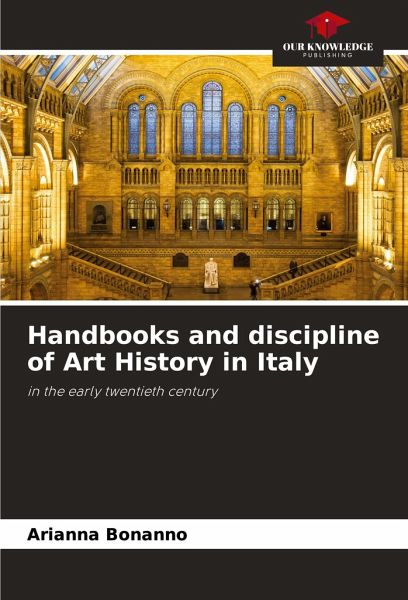
Handbooks and discipline of Art History in Italy
in the early twentieth century
Versandkostenfrei!
Versandfertig in 6-10 Tagen
40,99 €
inkl. MwSt.

PAYBACK Punkte
20 °P sammeln!
Between the end of the nineteenth century and the very first years of the twentieth century to deal with art history were mainly figures of intellectuals who were not properly specialists in the subject and who felt the need to fill the void in which this discipline was found in the Italy of the time. Indeed, there was a need for greater popularization of art history and specific teaching in secondary schools, which at the time had not yet been included in ministerial programs. Within the wide production of texts that, in that period, began to be designed for teaching, three manuals are examin...
Between the end of the nineteenth century and the very first years of the twentieth century to deal with art history were mainly figures of intellectuals who were not properly specialists in the subject and who felt the need to fill the void in which this discipline was found in the Italy of the time. Indeed, there was a need for greater popularization of art history and specific teaching in secondary schools, which at the time had not yet been included in ministerial programs. Within the wide production of texts that, in that period, began to be designed for teaching, three manuals are examined that, by their characteristics, constitute an exhaustive sampling. In the present case, a number of common themes have been identified, which are addressed from time to time in an unambiguous manner or with different approaches depending on the training and interests of the individual authors: the problem of the iconographic set of texts, the prominence of Renaissance art, the evaluation of applied arts, and the sources used.





